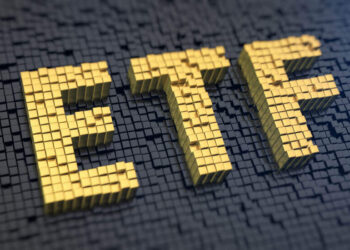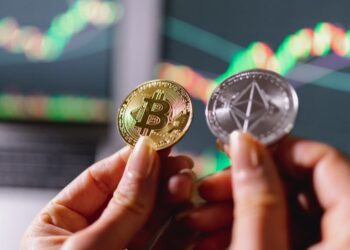Speaking at a media event in Sydney yesterday, Mr Ross – who is the Boston-based global chair of State Street’s SPDR business and described by a State Street spokesperson as the ‘godfather of ETFs’ – criticised the widespread usage of complicated and confusing language.
“In our financial world, we’re very good with coming up with terms that kind of are catchy,” Mr Ross said.
He questioned the names of certain products and investment vehicles, such as ‘smart beta’, ‘passive’ and ‘active’ investing, and “even the term ETFs”.
“There’s no common definition of ETFs around the globe,” Mr Ross said. “The ‘ET’ [part of ‘ETF’] is kind of a phrase a lot of people like to use.
“And then they’ll add things to the end of it. It used to be ‘exchange-traded fund’ – it was a pretty straight-forward [sic], vanilla thing.
“Then there’s exchange-traded notes; ETPs came into the world, exchange-traded products, which encompasses things that aren’t necessarily managed funds”; as well as the ‘ETV’, an ‘exchange-traded vehicle’.
“Some of them have other characteristics to them; they’re futures-based, derivatives-based, and might deliver a different outcome,” Mr Ross said.
Because it was so easy to adopt catchy phrases, investors needed to be educated on the terminology that referred to different things, Mr Ross indicated.
“How do we educate investors on how we evaluate ‘ETF, ETN, ETP, ETC’, all those terms I’ve heard over the years?
“It’s way too confusing from an investor’s standpoint to try and say you need to understand the difference of every one of these. We want the investors to think about the characteristics,” he said.
“What outcome are they trying to get to? What resources do they have to evaluate that [with]?
“One of the most important resources is they have the ability to look through and see what is in the ETF. Transparency is your friend.”
He added that investors, financial advisers, and individual investors needed to conduct “due diligence and understand what that product’s outcome is” before they “hit the button that says buy”.
“I think there’s some great products … but in the hands of investors that don’t know how to use them, they can be very dangerous.”







